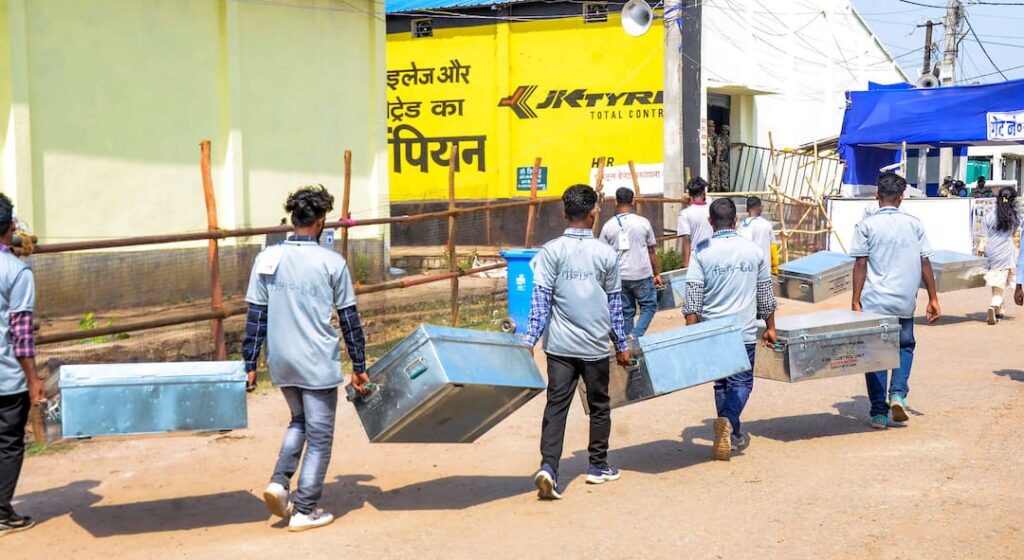The counting of votes for all 243 Bihar Assembly seats will begin at 8 am on Friday, with the Election Commission of India (ECI) first taking up postal ballots. These early-counted votes often shape the initial trends on result day. Here’s a quick explainer on what postal ballots are and how they influence the process.
What Are Postal Ballots?
Postal ballots, commonly known as mail-in ballots, allow eligible voters to cast their vote without visiting a polling booth. This option is provided to voters who are unable to be physically present in their home constituency for various reasons, such as:
Being posted elsewhere for government or defence duty
Health-related limitations or disability
Engagement in essential services on polling day
Over the past decade, the ECI has expanded the system to include electronically transmitted postal ballots for certain categories of voters.
How Are Postal Ballots Counted?
Postal ballots are counted separately before EVM votes. On counting day:
The postal department delivers the ballots to the counting centres.
Election officials verify each ballot for validity.
Since these ballots are counted first, they often contribute to the early lead patterns seen on television during the initial hours of counting. The final voter turnout of an election is also calculated only after including valid postal ballots.
What Is the Electronically Transmitted Postal Ballot System (ETPBS)?
Introduced in 2016, ETPBS enables service voters and other eligible individuals stationed away from their constituencies to vote through an electronically delivered ballot.A password-protected PDF ballot is sent to the voter’s unit officer. A separate PIN is issued by the record officer.
Voters print the ballot, mark their preference, and send it back by post. The system has significantly boosted participation among service voters, from 3–4% in 2014 to over 60% in the 2019 Lok Sabha polls, according to the ECI. Data for 2024 is yet to be published.
Who Can Use Postal Ballots?
Eligible categories include:
Service voters: Armed forces, paramilitary personnel, and government staff on duty away from home
Absentee voters: Those unable to vote in person due to work, illness, or disability
Electors on election duty
Individuals under preventive detention
Essential services workers: Media, healthcare, metro/railway staff on duty
Persons with disabilities (PwDs): Included from 2020
Senior citizens aged 80+: Added after a 2019 amendment
How Does Postal Voting Work?
Application: Voters apply once the election notification is issued.
Receiving the ballot: The Returning Officer sends the ballot paper, secrecy sleeve, declaration form, and prepaid return envelope.
Marking the vote: The voter records their choice and places it in the secrecy sleeve.
Declaration form: Must be completed and signed.
Return: Voters mail the sealed envelope before the deadline.
Applications open after the election notification. Once verified, postal ballots are dispatched. Completed ballots must reach the Returning Officer before counting day to be considered valid.

